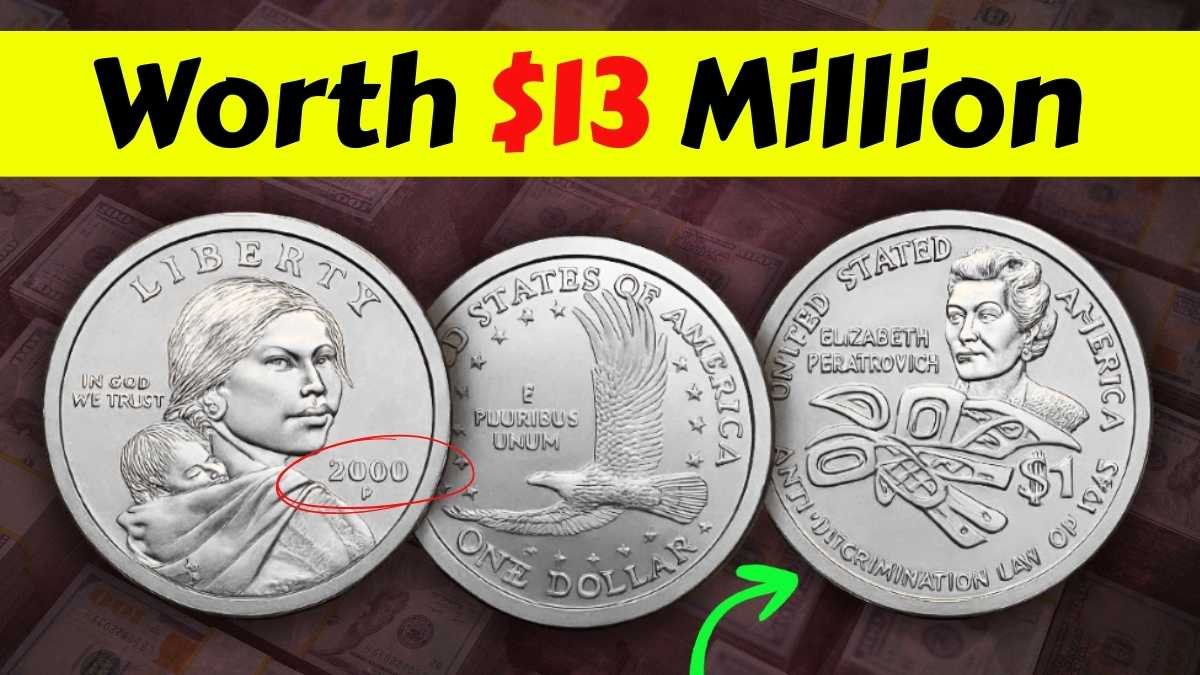Join on WhatsApp
Get the latest updates directly on WhatsApp – motivation, news & more!
Discussions about Lincoln Wheat Pennies often spark curiosity, especially when stories surface about coins valued in the millions. While the fascination is understandable, separating genuine records from exaggerated claims is essential. The 1943 copper penny remains one of the rarest American coins, but the idea that it has sold for thirteen million dollars is not supported by any verified auction data. The highest documented figure for this rarity is 1.7 million dollars, recorded in 2010. Many inflated numbers spread through social media and unreliable sources, but the actual market shows a far more realistic picture.
How the 1943 Error Happened
The backdrop of World War II brought unusual circumstances for U.S. coinage. Copper was urgently needed for the production of military equipment, which led the Mint to switch to zinc-coated steel for pennies in 1943. A handful of bronze planchets left over from 1942 production accidentally slipped into the presses. The result was the creation of a small group of copper pennies dated 1943. At the time, these coins quietly entered circulation alongside their steel counterparts, unnoticed until collectors later discovered the anomaly.
The Scarcity and Its Consequences
Experts estimate that only a few dozen authentic 1943 copper pennies exist today. This limited supply has pushed their market value into extraordinary territory. With so few known examples, each coin has been carefully cataloged by grading services such as PCGS and NGC. Unfortunately, the rarity has also fueled the production of counterfeits. Common tricks include coating steel pennies with copper or altering the dates on later coins to mimic the error. Because of this, collectors must rely on professional authentication before assigning value to a suspected find.
Documented Auction Results
Authentic sales data paints a clear picture of this coin’s worth. While collectors have paid hundreds of thousands for certain specimens, the record remains the 1.7 million dollar sale at Heritage Auctions. Other examples in varying conditions have sold in the range of two hundred thousand to over one million dollars. These transactions are well documented and verified, offering a trustworthy foundation for understanding the real value of the coin. Market trends in numismatics consistently show that rarity, condition, and provenance drive prices rather than sensational internet rumors.
Methods of Authentication
Determining authenticity requires more than casual inspection. A magnet test can help distinguish steel from copper, since steel pennies will stick to magnets, but that alone is not enough. Professional graders evaluate the weight, which should be close to 3.11 grams for a copper penny compared with 2.70 grams for steel. They also study strike quality, surface texture, and microscopic details that are almost impossible for counterfeiters to copy perfectly. This level of scrutiny ensures that only genuine examples gain recognition in the numismatic community.
Chances of Finding One Today
The idea of pulling a 1943 copper penny from pocket change excites many collectors, but the odds are slim. Most examples have already been discovered or passed through multiple hands in the collecting world. Occasional surprises do emerge, usually from inherited collections or old coin jars tucked away for decades. While the dream of discovery remains alive, it is better viewed as a rare possibility rather than an expectation.
Collecting with Realistic Goals
Coin collecting is about more than chasing million-dollar finds. The real joy often lies in studying history, understanding minting processes, and building a collection that reflects personal interest. Affordable coins can teach valuable lessons about grading, varieties, and historical context. Collectors who approach the hobby with education and enjoyment in mind typically find it more rewarding than those who focus only on financial gain.
Role of Professional Guidance
Anyone who believes they own a 1943 copper penny should seek evaluation from a reputable grading service. Experts use precise equipment and extensive reference materials to confirm authenticity. The small investment in professional grading is well worth the assurance it provides. Collectors are also advised to avoid cleaning or altering coins, as this can drastically reduce value. Relying on established numismatic organizations ensures that buyers and sellers alike remain protected in the marketplace.
Conclusion
The 1943 copper penny represents one of the most fascinating minting errors in American history. While extraordinary values have been achieved, the stories of thirteen million dollar sales are unfounded. Documented auction records show a maximum of 1.7 million dollars. Collectors who pursue knowledge, respect the authentication process, and maintain realistic expectations will continue to appreciate this rare coin for what it truly is—a remarkable piece of numismatic history.



